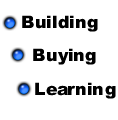 |
 |
|
Precision ACME Leadscrew NutThe precision ACME Leadscrew nut is an essential component of a quality CNC router. With new technologies and the expansion of the DIY and small CNC router market, anti-back lash systems are becoming readily available. What is an Anti-Back lash nut?An anti-back lash nut performs the same task as any nut, converting rotary motion into linear motion, but it also employs a mechanism to reduce or eliminate back lash. Back lash or lash refers to the amount of play between the nut and the lead screw. If you need an in depth definition of back lash visit the back lash and back drive definitions page. Check out the image that represents and standard nut on a lead screw. Notice the play between the nut and the screw. 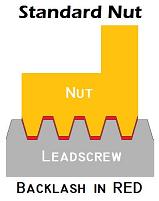
If you are more familiar will ball screw than lead screws, you may have heard the term preloaded nuts. Preloaded nuts perform the same function as anti-back lash nuts. Some lead screw manufacturers use the term preloaded nuts, just know that it is the same as anti-back lash nuts. There are several ways to reduce back lash and there are several anti-back lash nut types. However there are three types most found in industry, constrictor, tension, and compression back lash compensators. Lets review these types. Tension Back lash Compensation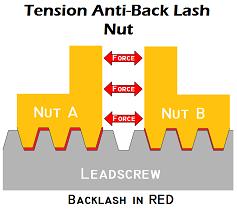
Tension type anti-back lash nuts utilize what are essentially two separate precision ACME leadscrew nuts that push against each other in some way. This compensates for back lash by taking up the play between the nut and the lead screw in both directions with respect to the lead screw axis. Reference the image. Notice how there is still play between the nut and the screw, but the net play is zero. Both parts of the nut not only oppose one another, they must also lock to one another as to not allow them to rotate against one another. If the segments were allowed to rotate, the nut would fail to reduce back lash effectively. Reference the image of a typical tension back lash nut design. Notice how it keys into itself to prevent rotation. 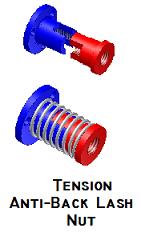
There are different means of creating the apposing force between the segments, active and static. Active systems utilize a spring of some sort to provide a constant opposing force between the segments. As the nut wears the spring expands and the system continues to operate until the nut wears excessively or the nut breaks. A static or passive system utilizes shims or a threaded system to proved opposing forces between the segments. This system works well, however, as the nut wears, the static system will need to be readjusted. Many of the DIY anti-back lash nuts are passive since they are easy to construct. Compression Back lash Compensation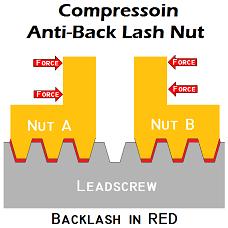
Compression anti-back lash nuts are the same as those using tension, except that the two segments pull towards one another. These types are less common and are not usually found in industry. Compression types are usually only found in the DIY community. This is likely because it is harder to implement active compression nut systems than active tension systems. Constrictor Back Lash Compensation Constricting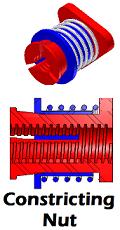
Constricting anti-back lash nuts reduce back lash by squeezing or constricting the lead screw with the nut threads. This is usually achieved by what looks like a standard nut that has been spliced on one end. That same end is also has a slight positive taper. Then a spring on a sleeve pushes against the positive taper which results in the nut constricting the lead screw. Reference the image. These types of anti-back lash nuts are very effective and cost effective as well. They are also effective at compensating for wear. The constricting and tension types of the most common equipped on CNC routers utilizing an ACME lead screw system. Precision ACME leadscrew nuts and anti-backlash nuts are essential for achieving high accuracy and repeatability with a CNC router. NEXT: Other Considerations regarding precision ACME leadscrew nuts |
The Builder's Guide
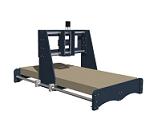 Calculators
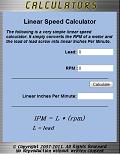 CNC Controllers
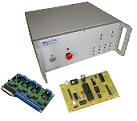 |
|
|
[?] Subscribe To This Site
Page Missing?Please bare with us as we upload pages. The website is still under contruction and new content is being added. To see the most recent pages, visit the website blog. Thank you! |
||
|
|
Homepage |
Buyer's Guide |
Builder's Guide |
Contact Us|
© Copyright 2007-2011. |
||
|
|
||



